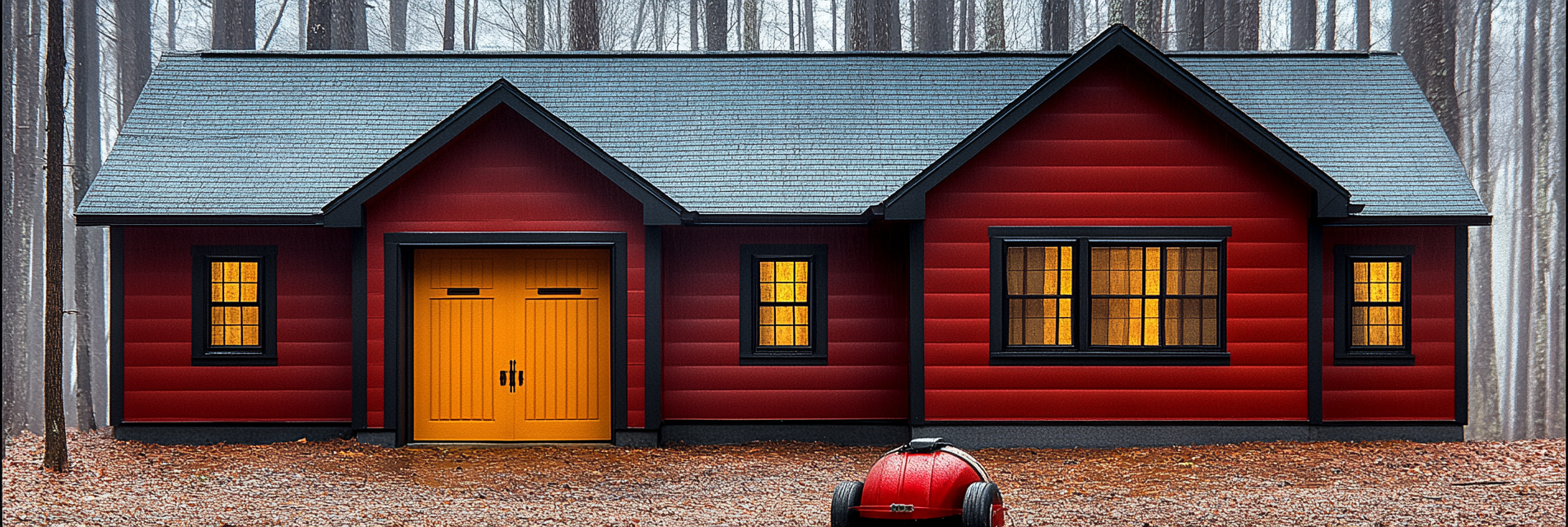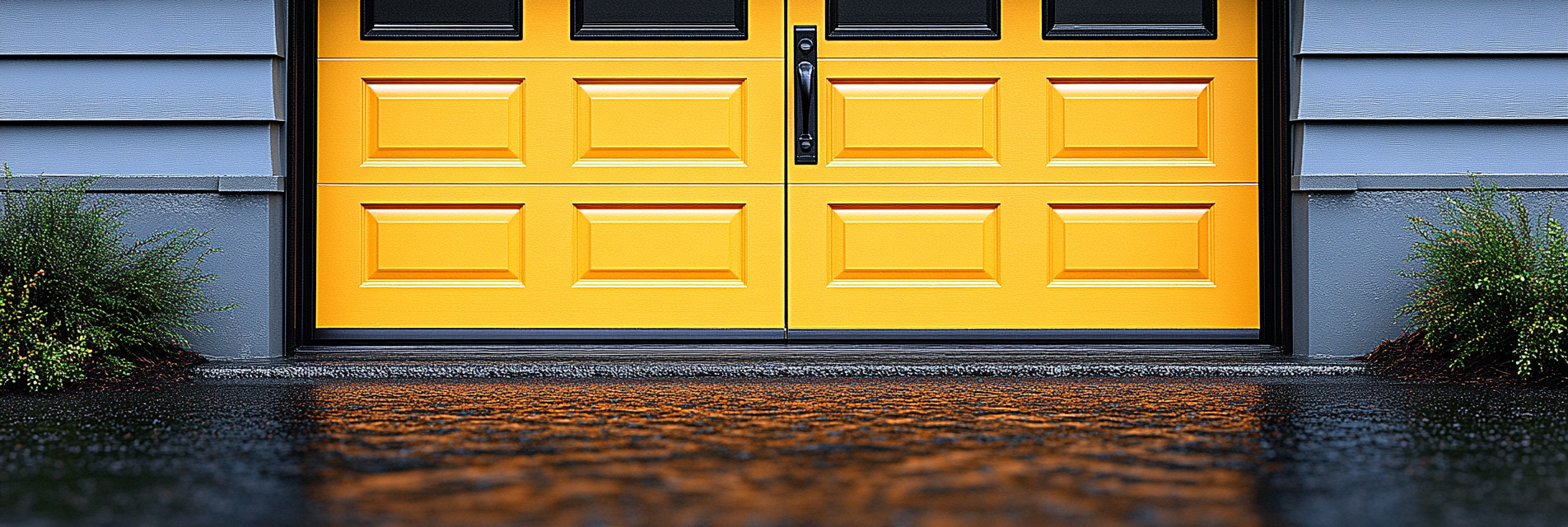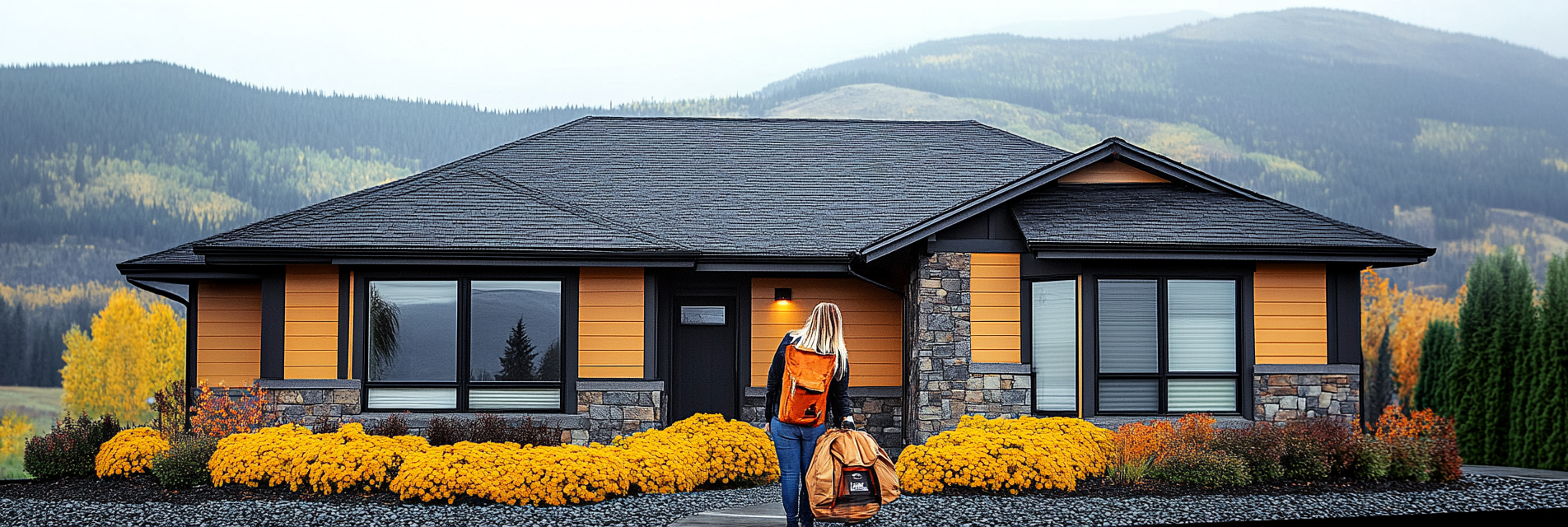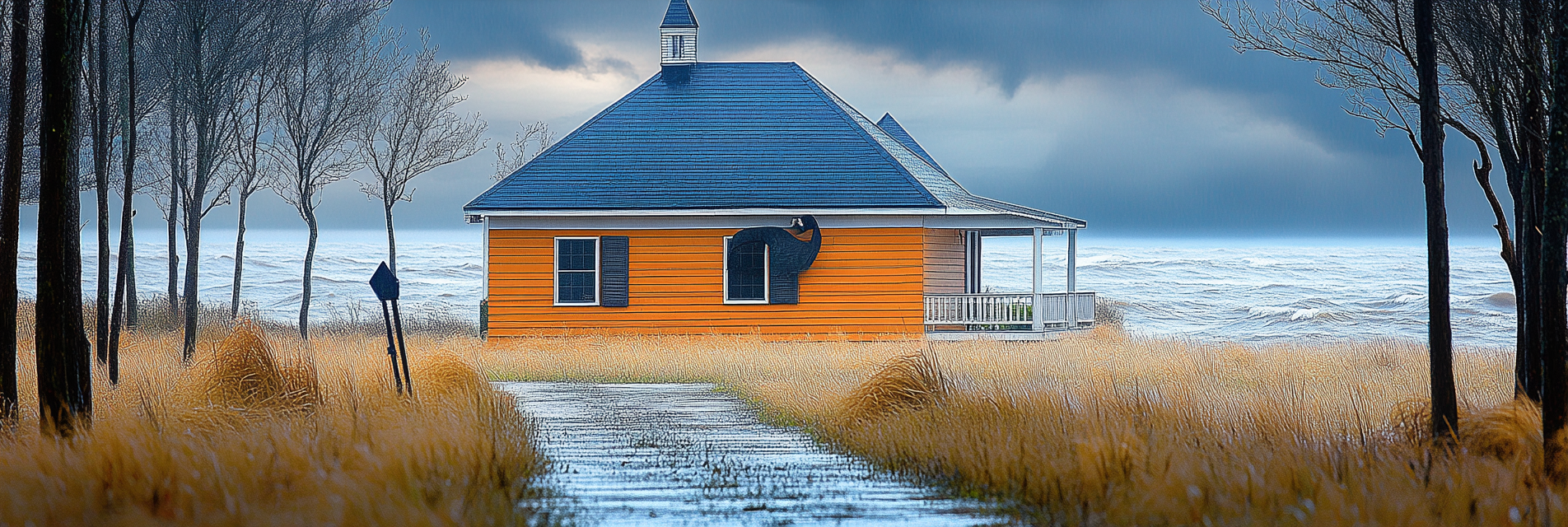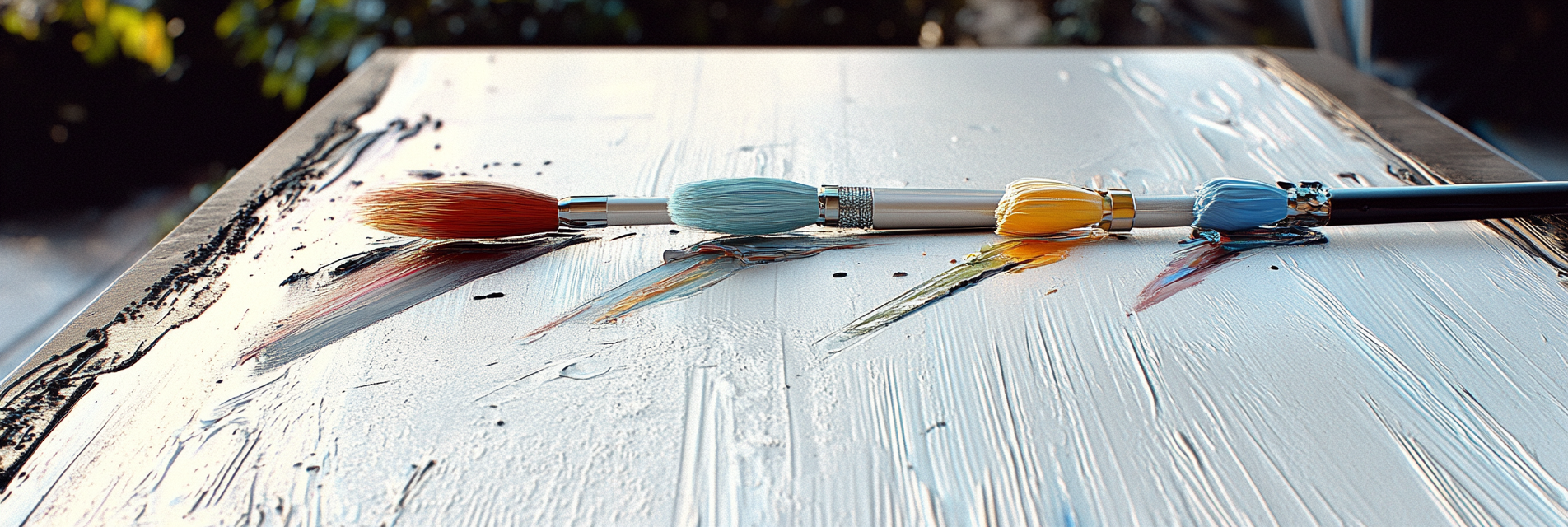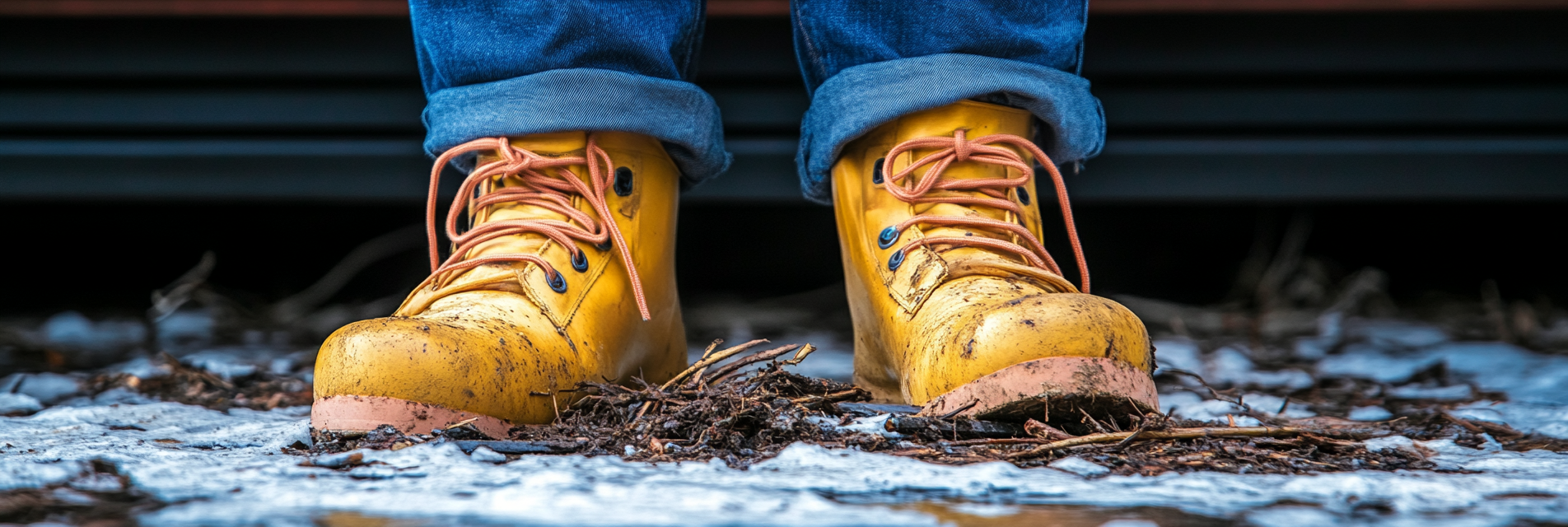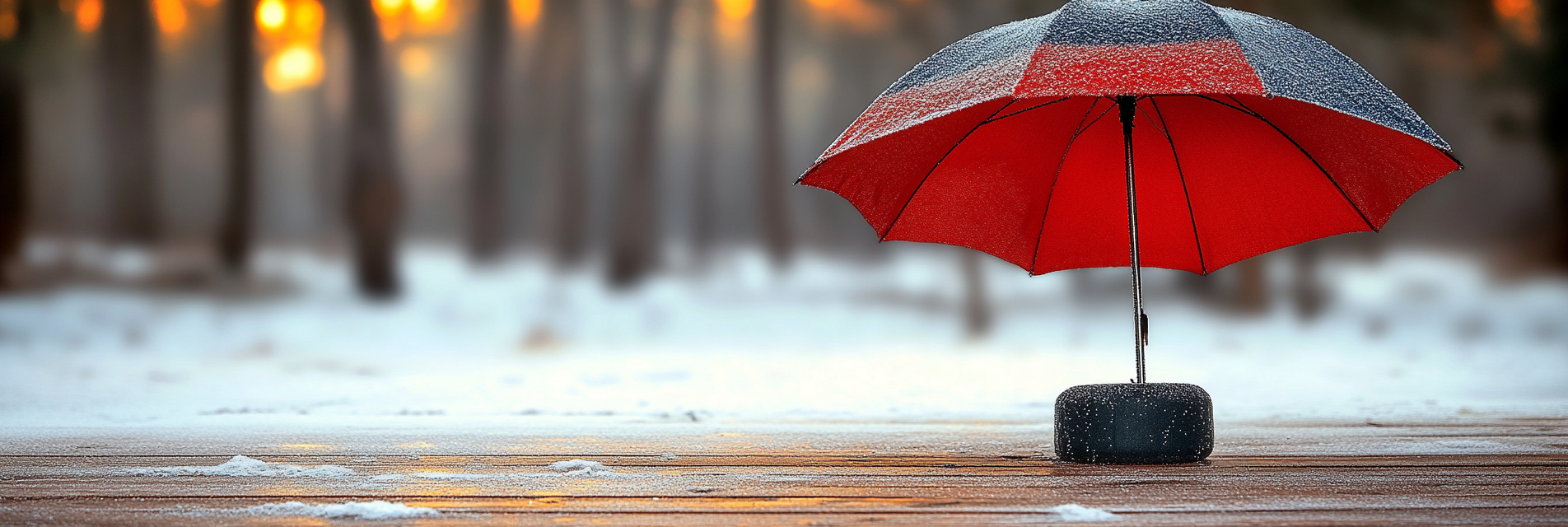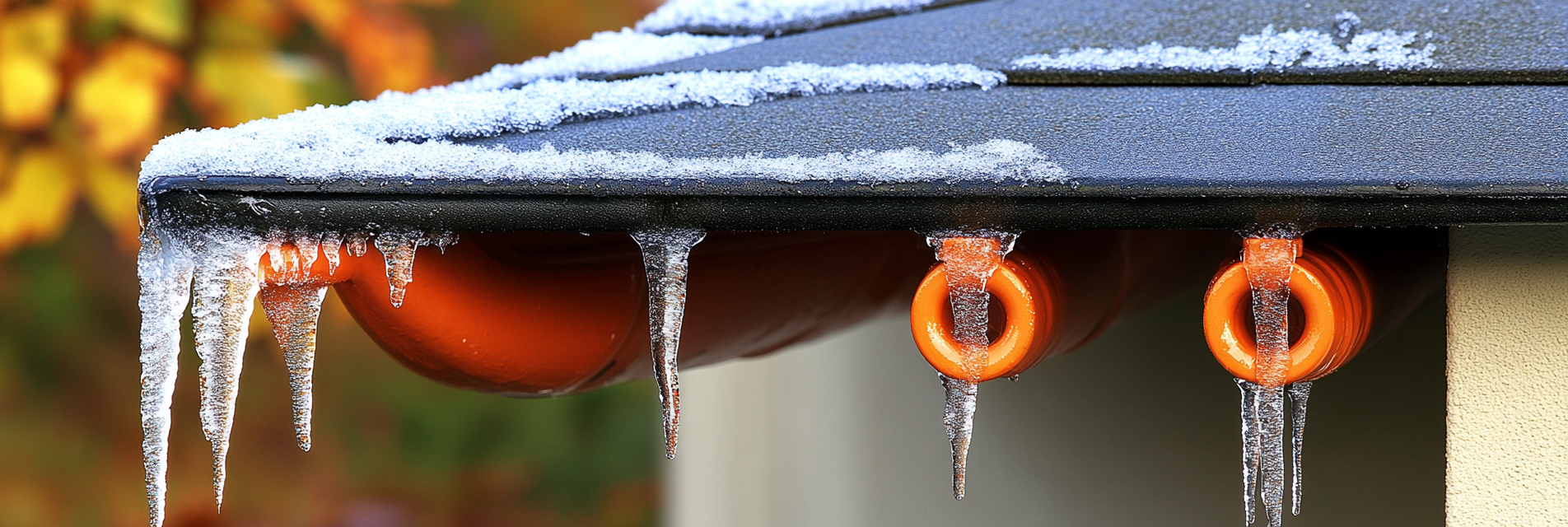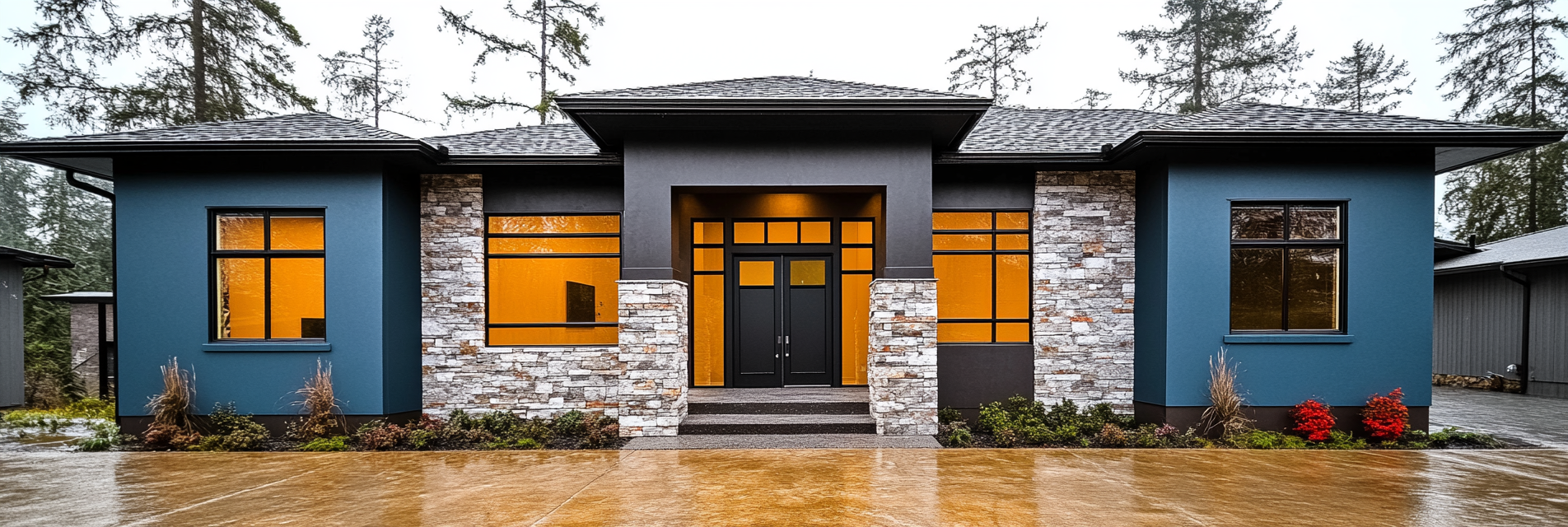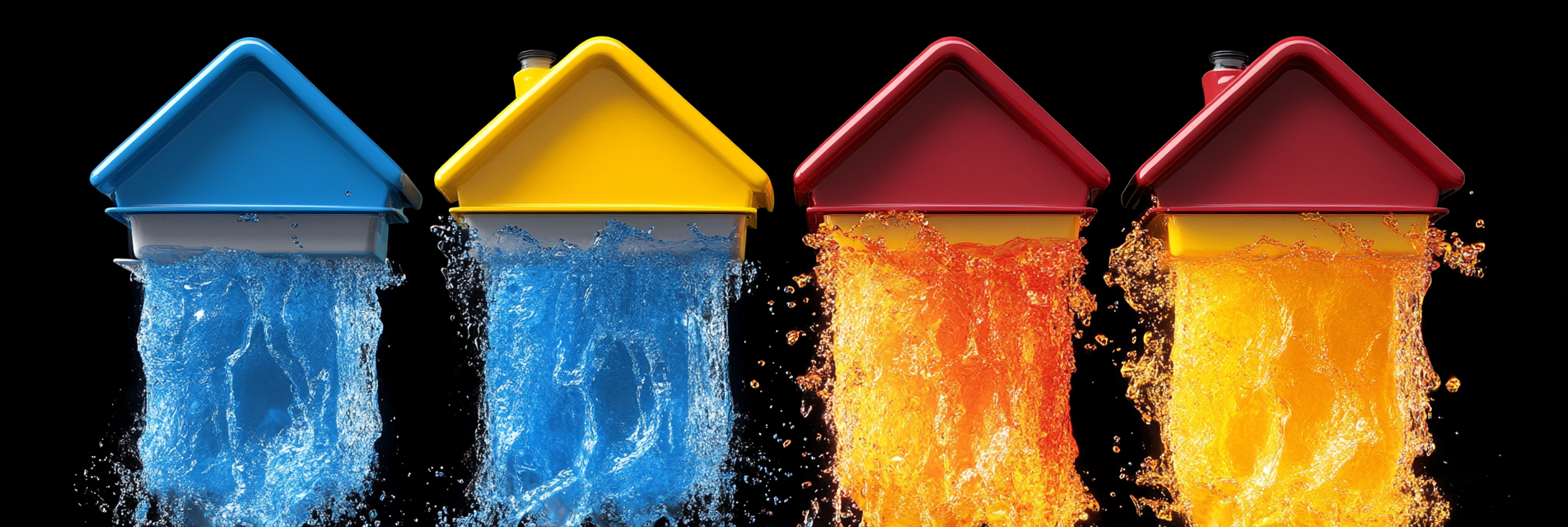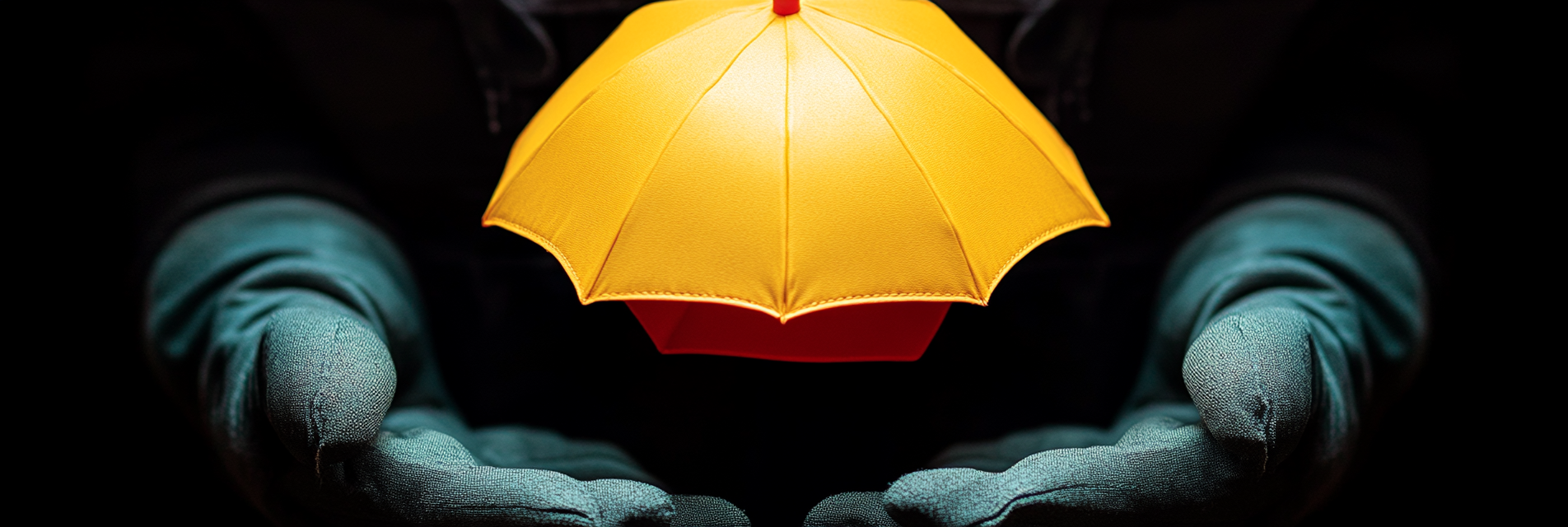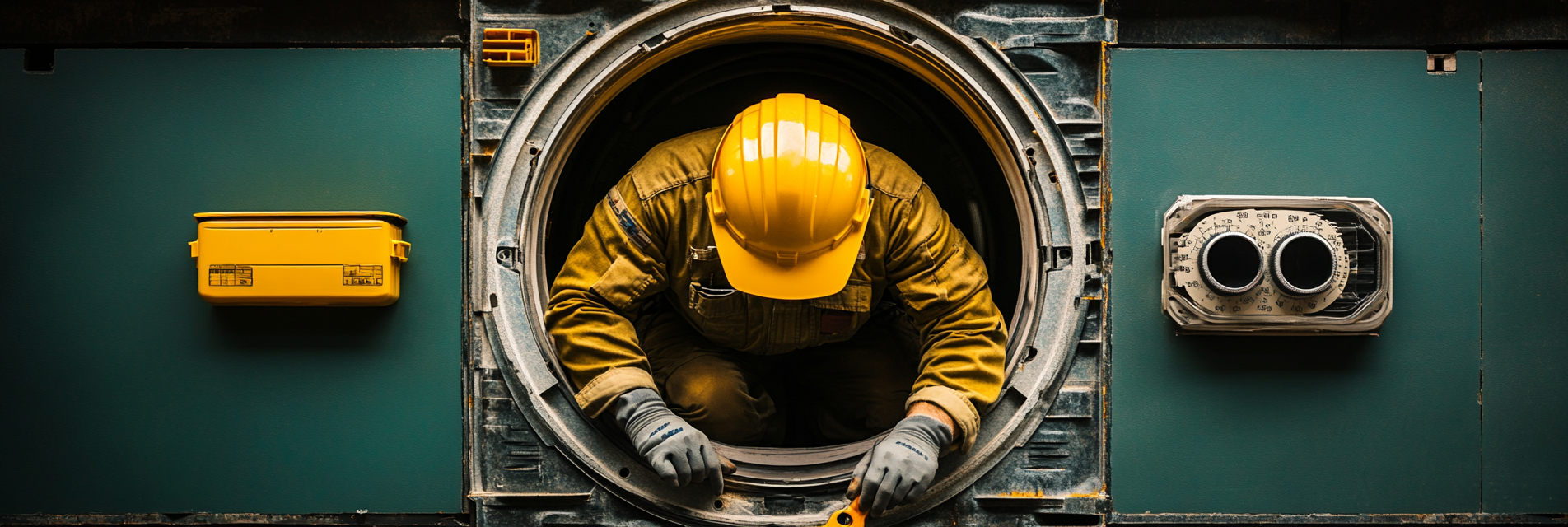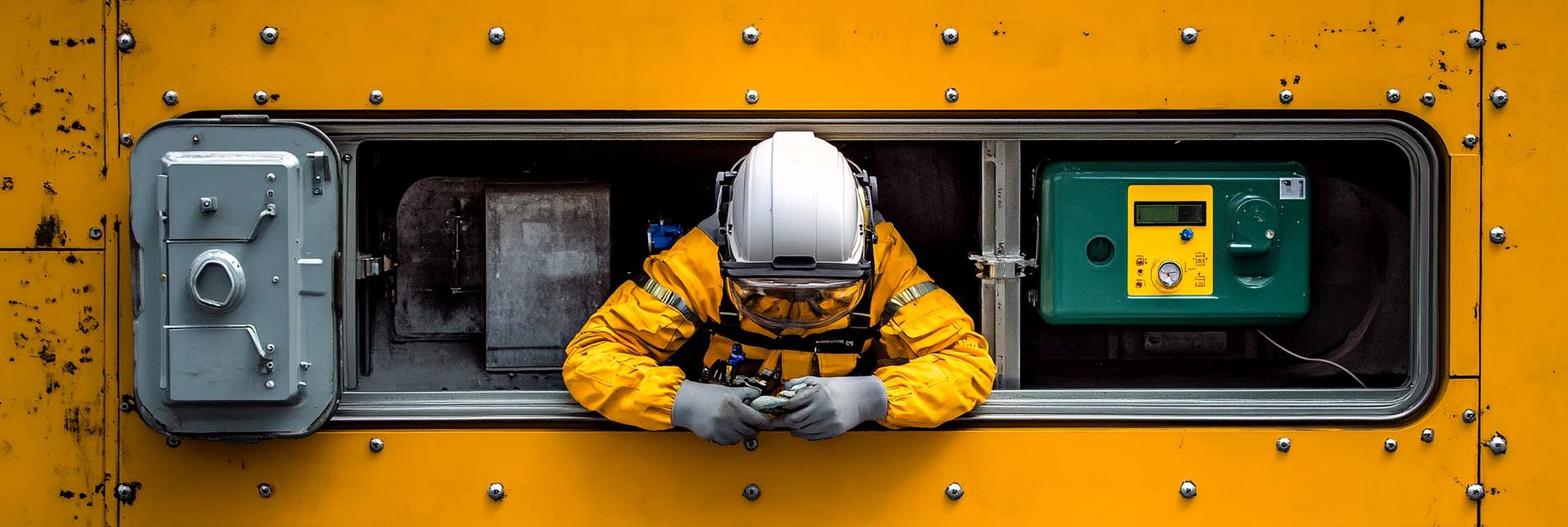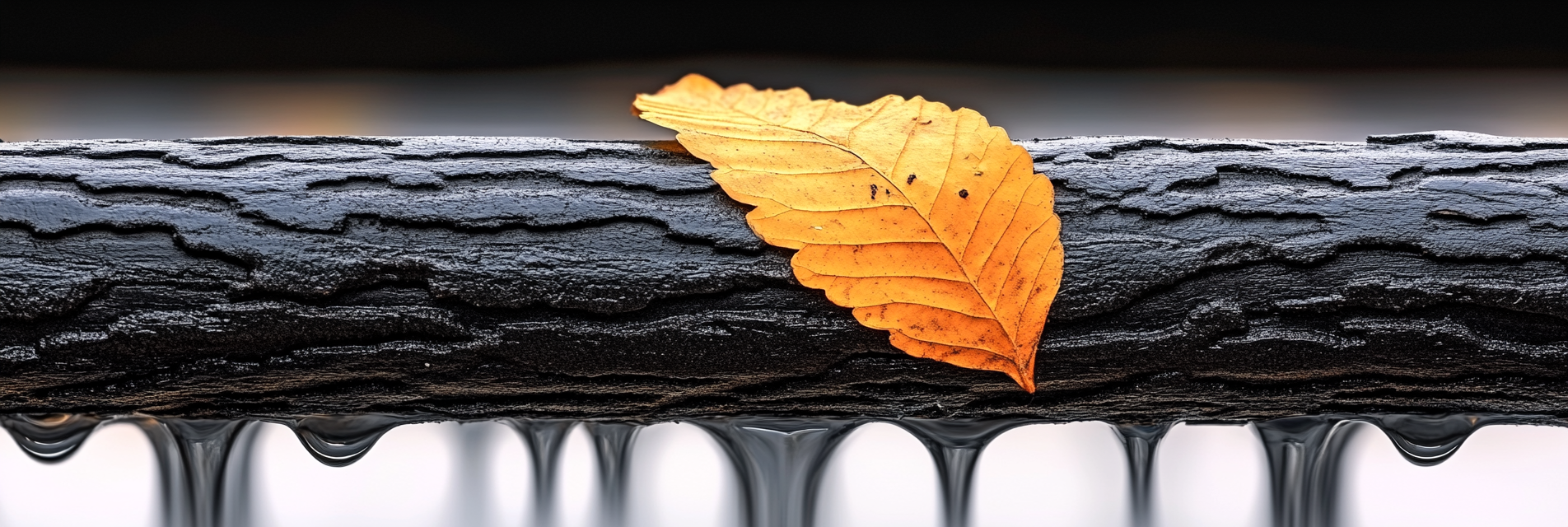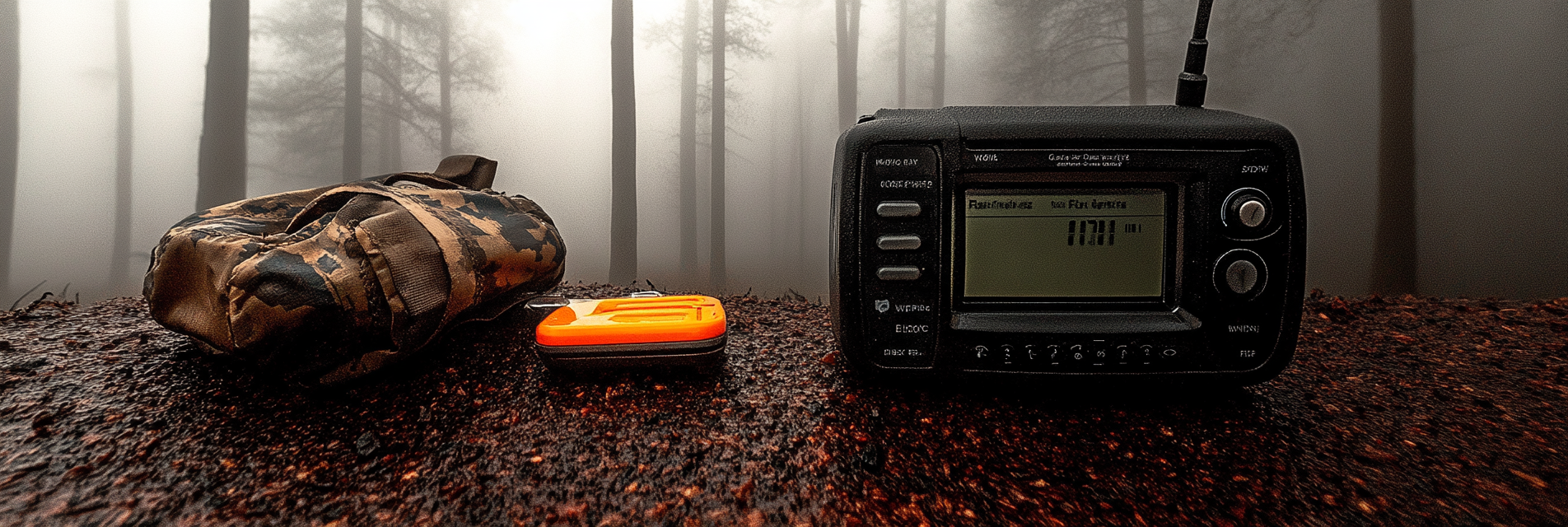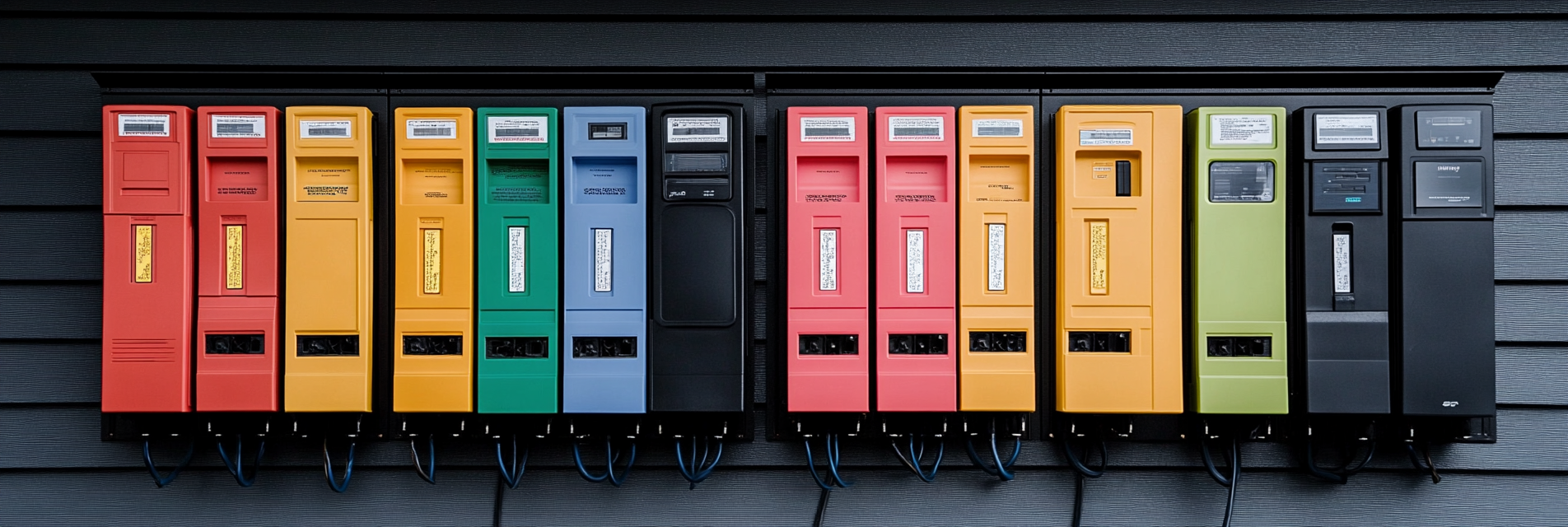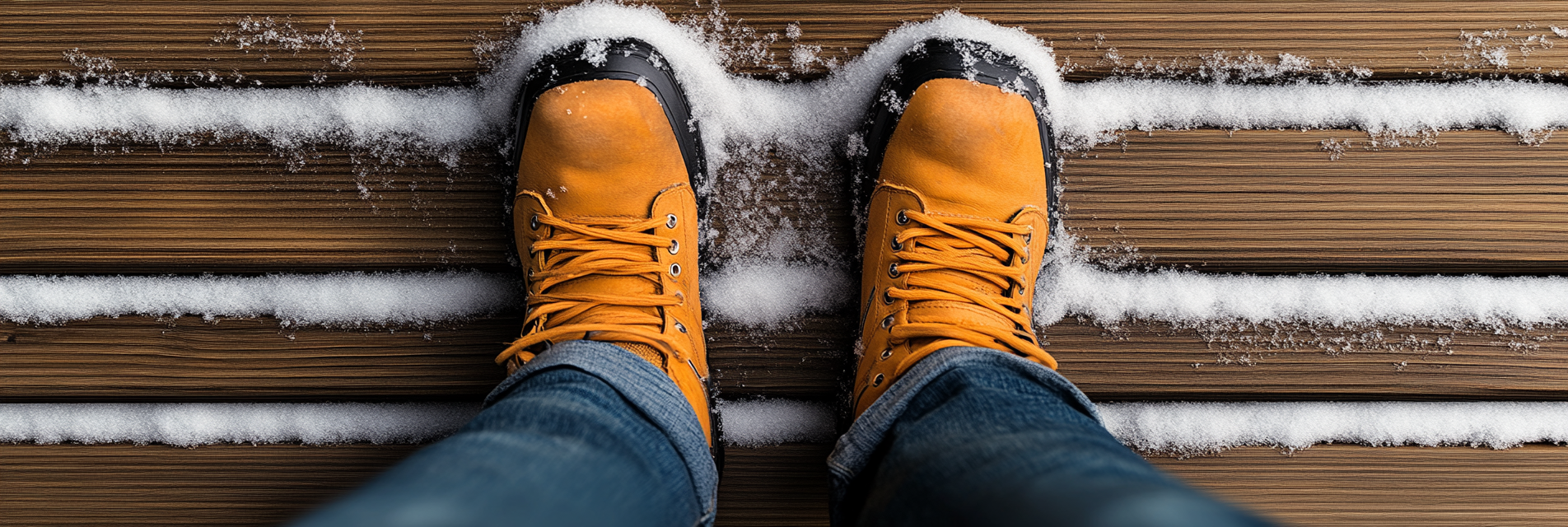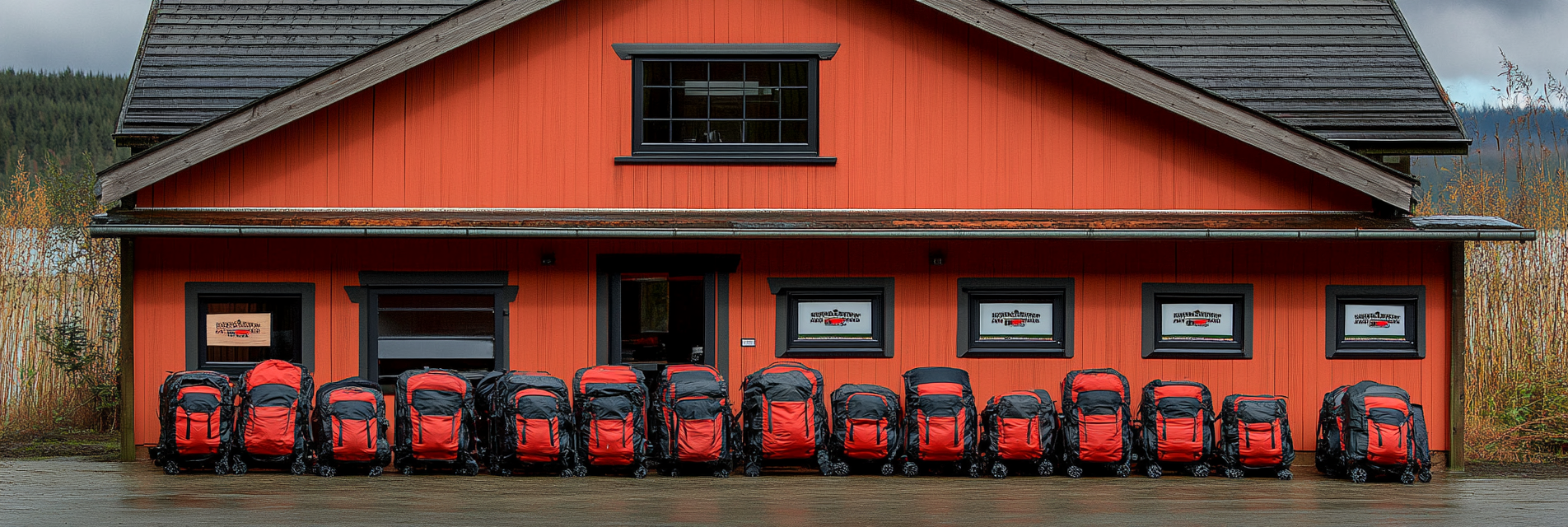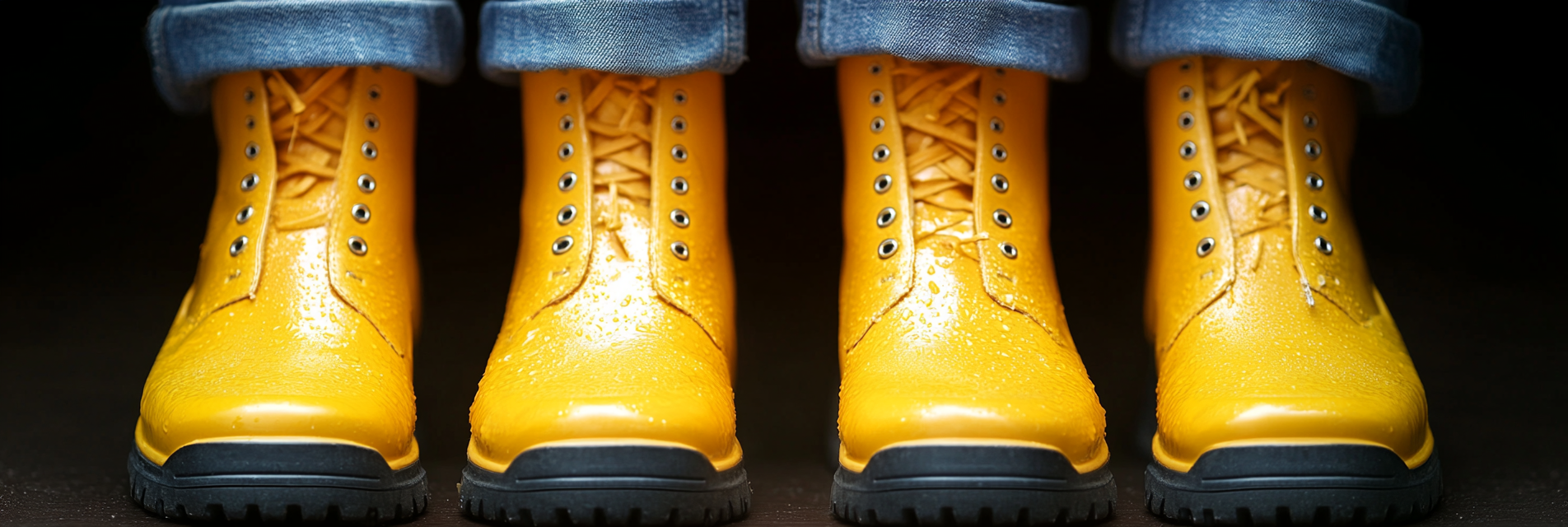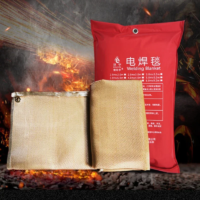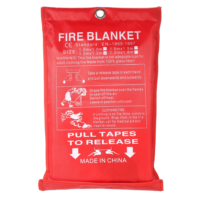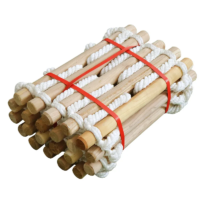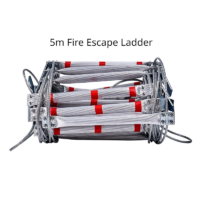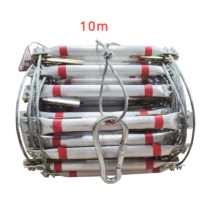High wind events, whether from strong storms or regional wind patterns, can cause significant damage to homes and pose serious risks to safety. Proper preparation helps reduce the risk of structural damage and ensures that you and your family remain safe during these events. This article outlines the steps to prepare your home, essential safety tips, and what to do during and after high wind events in Washington state.
1. Inspect and Reinforce Your Home’s Structure
Securing your home’s structural elements is a vital step in preparing for high winds:
- Check Roof Condition:
- Inspect the roof for loose or missing shingles and repair any damage.
- Use roofing cement or roof clips to secure shingles more firmly.
- Secure Loose Siding:
- Reinforce any loose or damaged siding with nails or screws to prevent it from detaching in strong winds.
- Strengthen Garage Doors:
- Use a garage door reinforcement kit to brace the door and prevent wind from blowing it inward.
Product Tip: Hurricane ties or roof clips can be installed to help secure the roof to the frame of the house and prevent it from lifting.
2. Secure Outdoor Items
Outdoor furniture and equipment can become dangerous projectiles during high winds:
- Anchor or Store Loose Items:
- Secure patio furniture, grills, garbage bins, and other outdoor items, or store them indoors.
- Trim Trees and Branches:
- Cut back any overhanging branches near your home to prevent them from breaking and causing damage.
- Check Fences and Gates:
- Reinforce loose fence panels and gates to prevent them from detaching or causing damage.
3. Reinforce Windows and Doors
Windows and doors are vulnerable points during high wind events:
- Install Storm Shutters:
- Use storm shutters or plywood to cover windows and protect them from flying debris.
- Apply Impact-Resistant Film:
- Consider applying an impact-resistant film to windows for added protection against shattering.
- Weatherproof Doors:
- Ensure that doors have secure latches and weatherstripping to prevent wind-driven rain from entering your home.
4. Maintain Gutters and Downspouts
Properly functioning gutters and downspouts help manage rain that may accompany high winds:
- Clean and Inspect:
- Regularly clean gutters and downspouts to prevent clogs and ensure that water flows away from your home.
- Secure Attachments:
- Make sure gutters and downspouts are securely attached to your home to prevent them from being ripped off by strong winds.
5. Prepare an Emergency Kit
Having an emergency kit ensures that you have essentials during and after a high wind event:
- Flashlights and Extra Batteries:
- Keep multiple flashlights and a supply of batteries accessible in case of power outages.
- First Aid Kit:
- Include basic first aid items such as bandages, antiseptics, and pain relievers.
- Food and Water:
- Stock non-perishable food items and one gallon of water per person per day for at least three days.
- Portable Power Bank:
- Ensure that portable chargers or power banks are fully charged for phone and device use.
6. Plan for Power Outages
High winds can disrupt power lines, leading to outages:
- Backup Power Solutions:
- Invest in a portable generator or a battery backup system to power essential devices and appliances.
- Battery-Powered Lanterns:
- Use flameless LED lanterns for safe lighting during power outages.
- Keep Refrigerators Closed:
- Limit opening refrigerators and freezers to help maintain a safe temperature for food during power outages.
7. Develop a Family Communication Plan
Ensure that all family members know what to do before, during, and after high wind events:
- Create an Emergency Contact List:
- Make sure everyone in your household has access to important contact numbers, including local authorities and family members.
- Plan Safe Shelter Areas:
- Identify the safest rooms in your home, such as basements or interior rooms without windows.
- Establish a Check-In Routine:
- Decide on a check-in method with friends or family to confirm safety after the storm.
8. Monitor Weather Alerts
Staying informed is critical for timely preparation:
- Sign Up for Local Alerts:
- Use weather apps or local meteorological services for real-time updates and alerts.
- Keep a Weather Radio:
- A battery-operated NOAA weather radio ensures you receive updates even if the power goes out.
9. Safety Tips During the Wind Event
While the wind is at its strongest, follow these safety measures:
- Stay Indoors:
- Avoid going outside unless absolutely necessary, as flying debris can cause serious injury.
- Stay Away from Windows:
- Move to the center of your home or a room with no windows to stay safe from breaking glass.
- Avoid Using Elevators:
- In case of a power outage, use stairs instead of elevators.
10. Inspect and Repair Post-Windstorm
After the wind subsides, check your property for damage:
- Check for Roof and Siding Damage:
- Look for missing shingles, loose siding, or damaged gutters and repair any issues promptly.
- Inspect for Downed Power Lines:
- Stay away from downed power lines and report them to the local utility company.
- Document Any Damage:
- Take photos or videos of any damage for insurance purposes and create a list of affected items.
Conclusion
Preparation is the key to minimizing damage and staying safe during high wind events. By reinforcing your home, securing outdoor items, and having an emergency plan, you can protect your property and family. Paul Lindberg’s Dryer Fire Fighters encourages proactive measures and emergency planning to ensure your home is ready for high winds in Washington state.
Serving the communities of:
Kennewick | Pasco | Richland | West Richland | Finley | Burbank | Benton City | Prosser | Grandview | Connell
As the sole certified dryer exhaust technician recognized by CSIA.org in the Tri-Cities area, Paul brings a wealth of expertise to fire prevention. His primary focus lies in addressing the root cause of many residential fires: lint buildup in dryer cavities and vents. Through rigorous inspections and thorough cleanings, Paul ensures that families and businesses can enjoy peace of mind, knowing their properties are safeguarded against fire risks.

